Physical Address
304 North Cardinal St.
Dorchester Center, MA 02124
Physical Address
304 North Cardinal St.
Dorchester Center, MA 02124
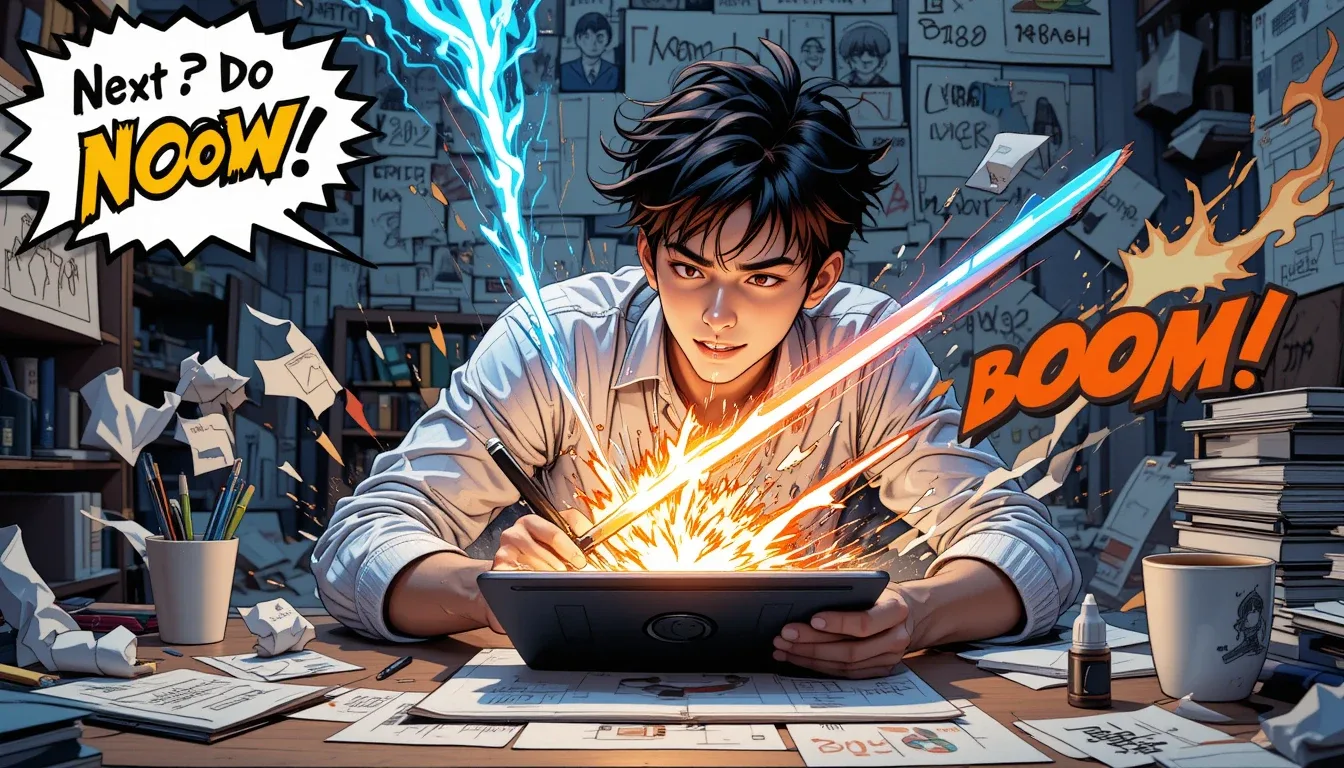
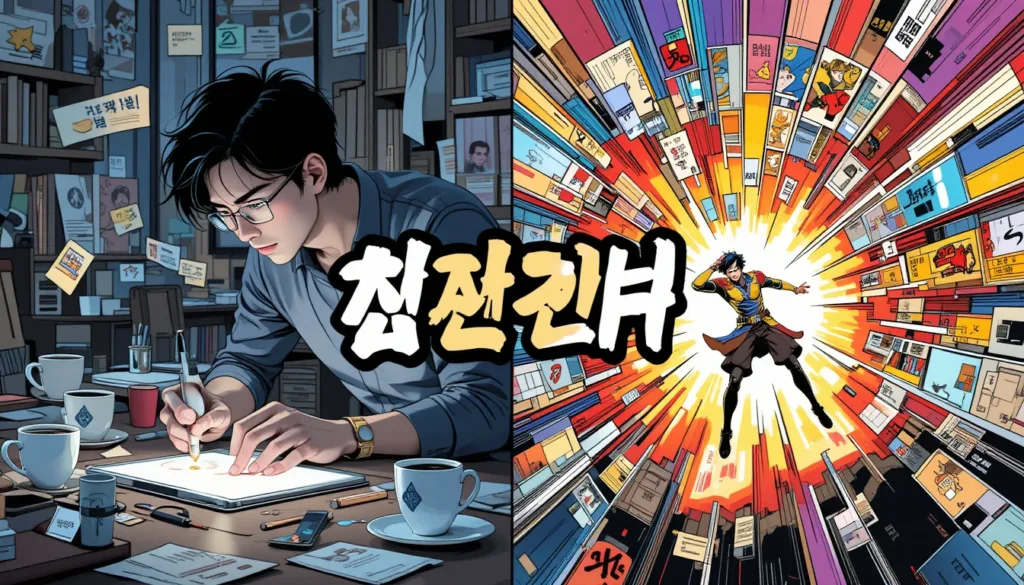
Hey, manhwa fans! Ever binge-read Solo Leveling or Tower of God and wondered, “How the heck do they make this stuff?” I mean, those full-color pages, insane fight scenes, and twisty plots don’t just pop out of nowhere, right? Well, I’ve been digging into the world of manhwa artists lately, and let me tell you—it’s a wild ride of creativity, caffeine, and some serious hustle. So, grab a snack (maybe some ramen to set the mood), and let’s unpack how these talented folks bring those addictive stories to life.
Manhwa, if you’re new here, is Korean comics—kinda like manga’s cool cousin. It’s blown up globally, thanks to platforms like Webtoon, and it’s got a vibe all its own: vibrant colors, vertical scrolling, and stories that hook you from the first panel. But behind every epic chapter is an artist—or a whole team—pouring their heart into it. How do they do it? Let’s break it down, step by step, with a few surprises along the way.
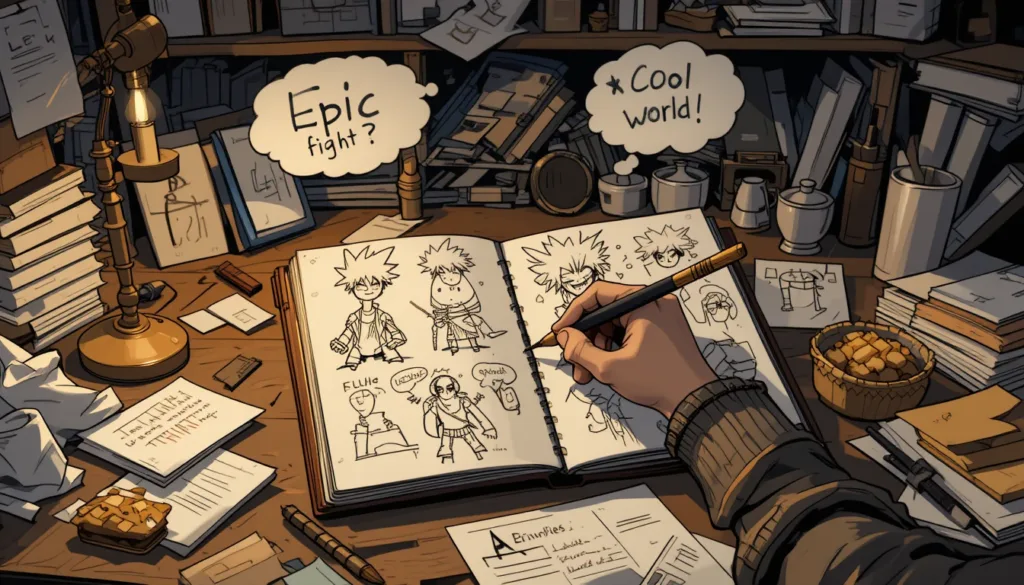
Every manhwa begins with a spark. Maybe it’s a random thought during a late-night snack run, or maybe it’s a dream about a dude leveling up in a dungeon (looking at you, Sung Jinwoo). Artists—or sometimes writers they team up with—start by brainstorming the core story. What’s the hook? Who’s the hero? What’s the world like?
Take The God of High School by Yongje Park. That guy didn’t just wake up and draw martial arts chaos—he built a whole universe around teens kicking butt in a tournament. Artists scribble down ideas, sketch rough characters, and jot notes about the vibe they’re going for. It’s messy, it’s fun, and it’s where the magic kicks off. Some even keep notebooks stuffed with wild concepts—half-baked villains, quirky sidekicks, you name it—just waiting for the right story to slot into.
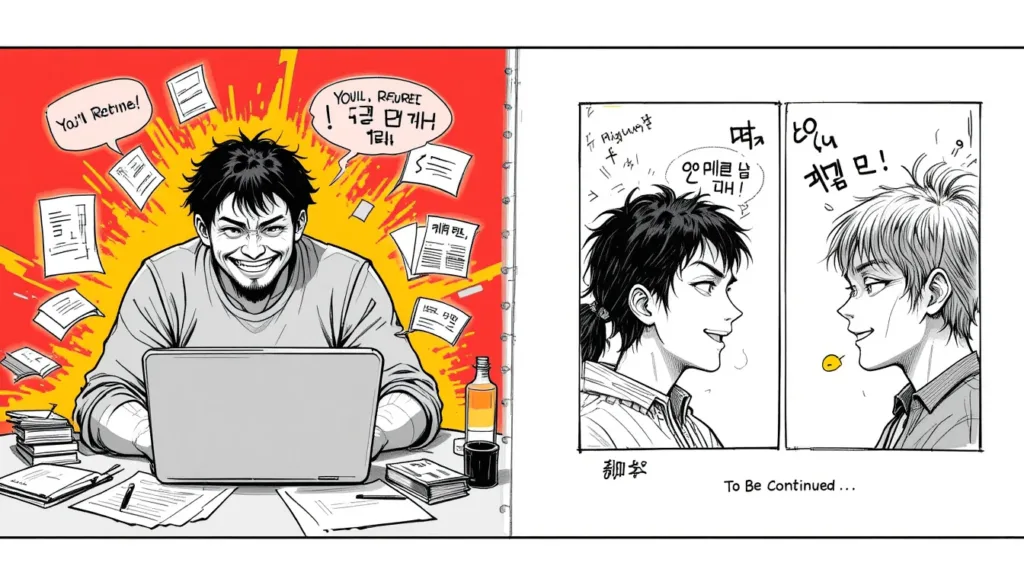
Once they’ve got the big idea, it’s time to map it out. This part’s like planning a road trip—you gotta know where you’re going, even if you take a detour or two. Some manhwa artists write their own scripts, while others collab with a writer. Either way, they hammer out a storyline, breaking it into chapters or episodes. For webtoons, those vertical-scrolling beauties, they think about pacing—where’s the cliffhanger gonna hit? How do you keep readers swiping?
I talked to a buddy who’s into manhwa creation (he’s no pro, but he’s dabbled), and he said this part’s brutal. “You’re trying to fit epic battles and quiet moments into a scroll that doesn’t bore anyone,” he told me. “It’s like juggling knives while riding a unicycle.” They’ll draft dialogue, sketch out key scenes, and tweak it until it flows. And trust me, those “to be continued” endings? They’re planned to torture us just enough to come back next week.

Now, here’s where the pencil hits the page—or, more likely, the stylus hits the tablet. Artists start with rough sketches, laying out each panel. For manhwa, especially webtoons, it’s all about that vertical flow. They’re not cramming stuff into a traditional comic grid; they’re stacking scenes so your eyes glide down smooth as butter.
Imagine sketching Jinwoo from Solo Leveling—you’d rough out his stance, that smirk, maybe a shadowy monster looming behind him. It’s not pretty yet—just shapes and vibes—but it’s the skeleton of the story. Artists play with angles, like a low shot to make a character look badass or a wide view for a sprawling cityscape. It’s raw, and honestly, kinda cool to think about how those scribbles turn into the polished art we drool over.
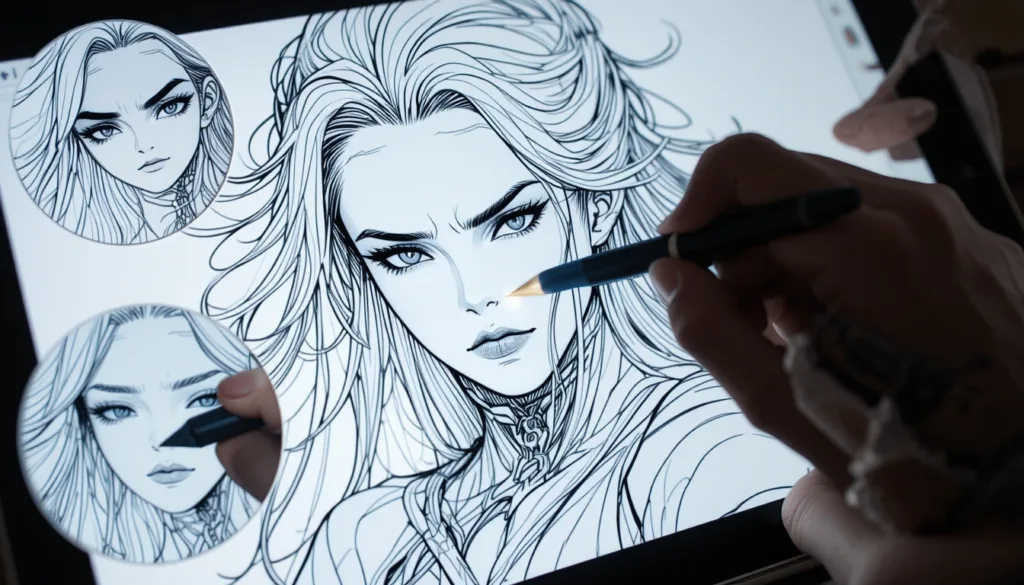
Once the roughs are solid, they move to line art. This is where the manhwa starts looking like, well, manhwa. Using tools like Clip Studio Paint or Photoshop (yep, most of it’s digital these days), artists trace over those sketches with clean, crisp lines. It’s tedious—hours of zooming in, tweaking curves, perfecting that one strand of hair—but it’s what gives characters their edge.
I’ve seen some behind-the-scenes videos on YouTube, and it’s wild how much detail goes into this. A sword’s gotta gleam just right, a cape’s gotta flutter in the wind. And since manhwa’s often in color (unlike a lot of manga), the lines need to set the stage for what’s coming next. It’s like they’re building a house—line art’s the frame, and the rest fills it in.
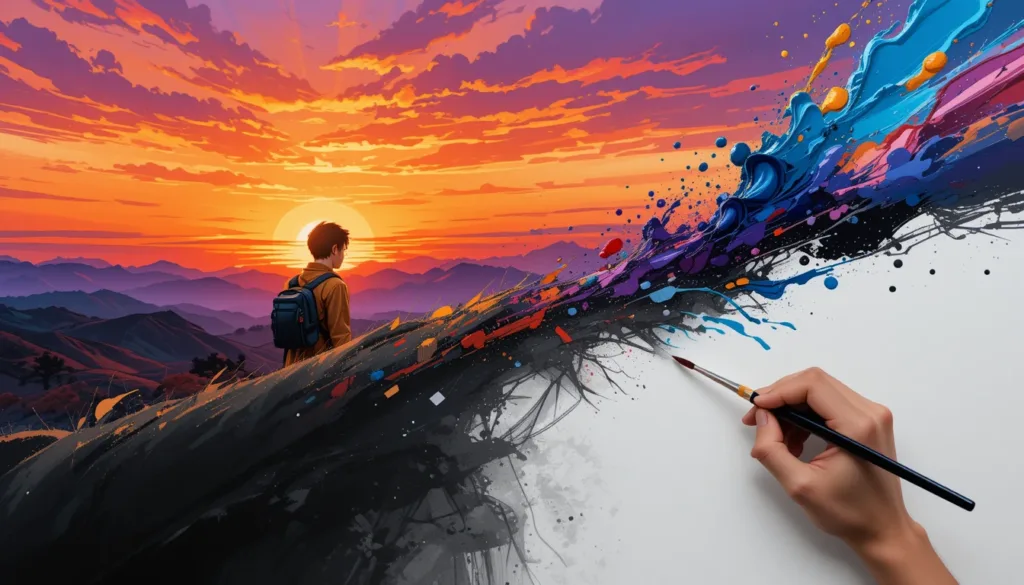
Here’s where manhwa really struts its stuff—color. Unlike manga’s classic black-and-white, manhwa artists go full-on with hues, making every panel pop. They slap on base colors first—say, blue for a night sky or red for a character’s jacket—then layer in shadows, highlights, and all that jazz. It’s like painting, but with a deadline breathing down their neck.
Take True Beauty by Yaongyi. Those glowing skin tones and sparkly outfits? That’s hours of blending and shading. Artists use digital brushes to mimic watercolor or add gritty textures, depending on the mood. And webtoon fans, you know how a sunset or a glowing sword can make you gasp—that’s the color magic at work. It’s not just pretty; it pulls you deeper into the story.

With the art looking sharp, it’s time to weave in the words. Dialogue gets dropped into speech bubbles, sized just right so it’s readable on a phone screen (because let’s be real, that’s where most of us read manhwa). Sound effects—like “BOOM!” or “SLASH!”—get their own flair, often drawn in funky fonts or splashed across the panel for drama.
This part’s tricky. Too much text, and it clogs up the art; too little, and the story’s confusing. Artists tweak it obsessively, sometimes rewriting lines on the fly. I’ve heard some even act out the scenes themselves—yelling “Take that!” in their room—to nail the vibe. Whatever works, right?
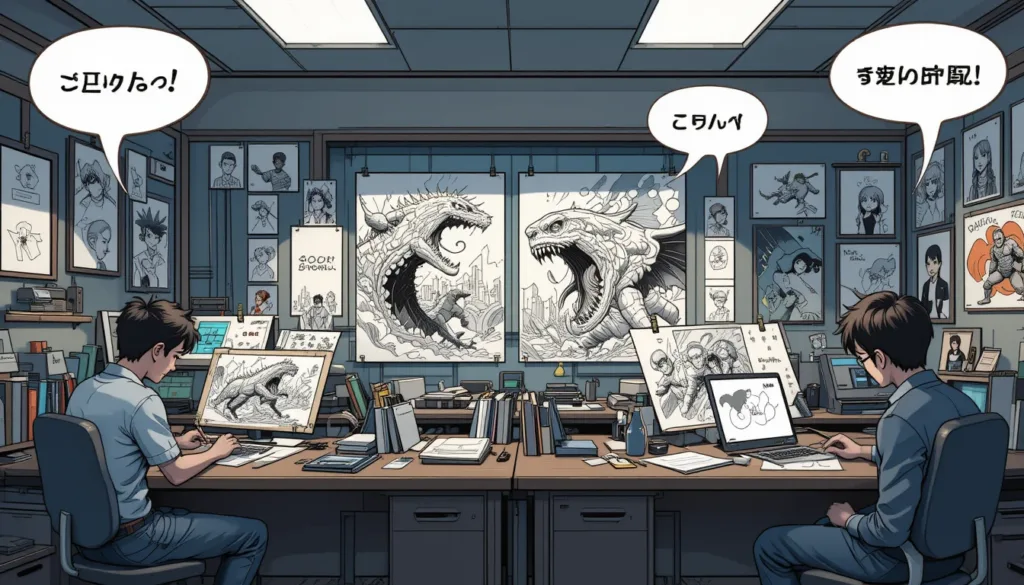
Here’s a twist—not every manhwa is a solo gig. Big hits like Tower of God or Noblesse often have teams. One person might sketch, another inks, someone else colors, and a writer keeps the plot tight. Studios like Redice or LICO crank out chapters fast by splitting the load, which is why we get weekly updates without the artist keeling over (well, mostly).
It’s like a band—everyone’s got their instrument, and they jam together. Smaller artists, though, might do it all themselves, fueled by coffee and sheer stubbornness. Either way, it’s a grind, and I’ve got mad respect for how they pull it off.

Before it hits Webtoon or wherever, the manhwa gets a final once-over. Typos? Fixed. Colors off? Tweaked. Panels misaligned? Adjusted. It’s like proofreading a school essay, but with way cooler stakes. Once it’s shiny, they upload it—sometimes with a little note to fans like, “Hope you enjoy this one!”
The crazy part? Deadlines are relentless—weekly for webtoons, monthly for some print stuff. Artists barely sleep, especially if they’re juggling fan feedback or tweaking based on what’s trending. It’s a marathon, not a sprint, and they’re running it with a stylus in hand.
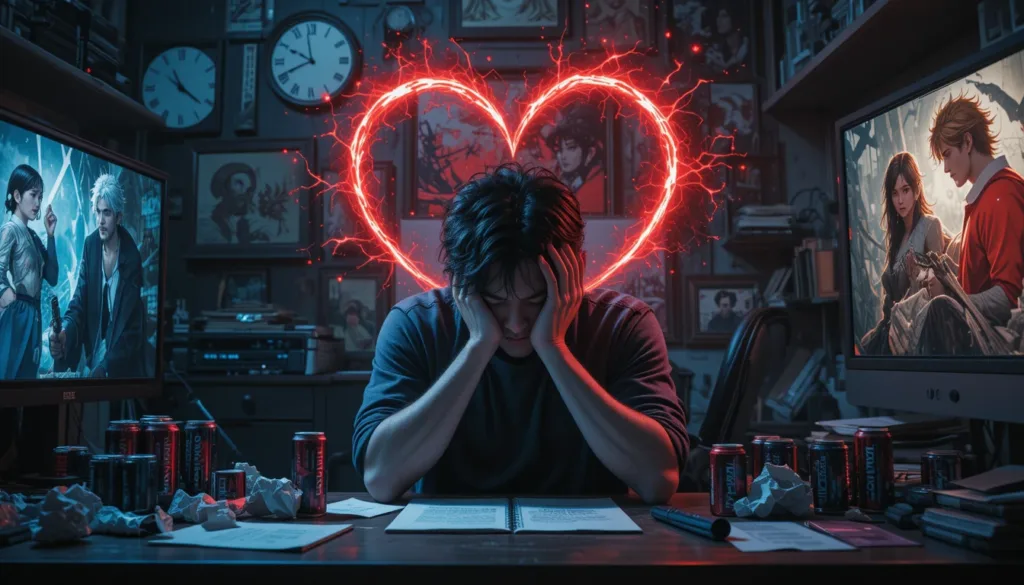
So, what keeps them going? Passion, for one. These artists live for storytelling—whether it’s a tearjerker like Itaewon Class or a thriller like Bastard. But pressure’s a biggie too. Fans are vocal (we’ve all left a “WHEN’S THE NEXT CHAPTER?!” comment), and platforms like Webtoon thrive on constant updates. Plus, with manhwa blowing up globally—hello, Netflix adaptations!—there’s a spotlight on Korea’s creators like never before.
I stumbled across an interview with SIU, the Tower of God genius, where he talked about battling health issues just to keep drawing. That hit me hard. These folks aren’t just making art; they’re pouring their souls into it, sometimes at a cost.

Quick rundown on what they use: most manhwa’s digital now, drawn on tablets like Wacom or iPads with software like Clip Studio Paint. It’s faster than paper—undo buttons are a lifesaver—and fits the online vibe. Some old-school artists still sketch on paper first, scanning it in, but digital’s king. Oh, and coffee. Lots of coffee.

Here’s the thing: knowing how manhwa gets made makes me love it more. Every panel’s a tiny miracle, born from late nights and crazy ideas. Next time you’re scrolling through Lore Olympus or Omniscient Reader, think about the hands behind it—sketching, coloring, stressing, and smiling when we hit that “like” button.
So, what’s your favorite manhwa? Ever tried drawing your own? Drop a comment—I’m dying to hear your take! And hey, if this peek behind the curtain got you hyped, stick around bhindtheframs.com for more on movies, anime, games, and, of course, manhwa.